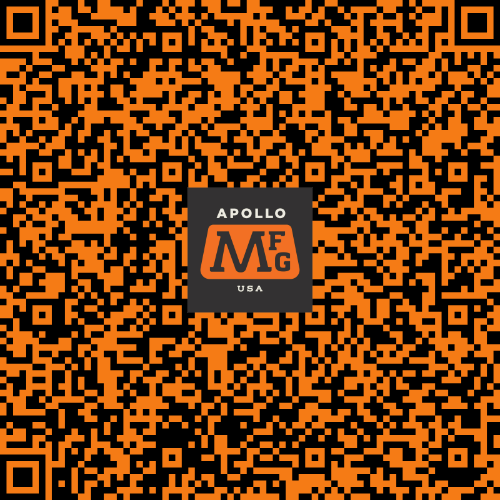Carbon migration laser marking, also known as carbonization or black marking, is a specialized technique used to create dark and high-contrast marks on certain metals. The process involves using a laser beam to interact with the metal surface, inducing a localized heat reaction. This reaction causes carbon particles from the base material or an applied marking substance to migrate to the surface, resulting in a permanent black mark. Carbon migration is commonly applied to materials such as stainless steel, various alloys, and other metals that exhibit a strong carbon content.
One of the significant advantages of carbon migration is the creation of highly visible and durable marks. The black mark stands out prominently against the metal background, providing excellent contrast and legibility. Because of this, this process is suitable for applications where clear and easily readable identification marks are essential, such as product branding, part numbering, and traceability.
Carbon migration offers excellent resistance to abrasion, fading, and environmental factors. The carbon particles that migrate to the surface become an integral part of the metal, resulting in a mark that is deeply embedded and highly resistant to wear. This ensures that the marked information remains visible and intact even under harsh conditions, making carbon migration a reliable choice for long-term durability.
Carbon migration provides flexibility in terms of design possibilities. The laser beam can be precisely controlled to create intricate patterns, logos, and text, allowing for customization and personalization of marked objects. Whether it's a company logo, a serial number, or other unique identifiers, carbon migration enables the creation of visually appealing and professional-looking marks on metal surfaces.
With its ability to create custom designs and its suitability for various metals, it’s not surprising that carbon migration is widely used throughout a variety of industries.





